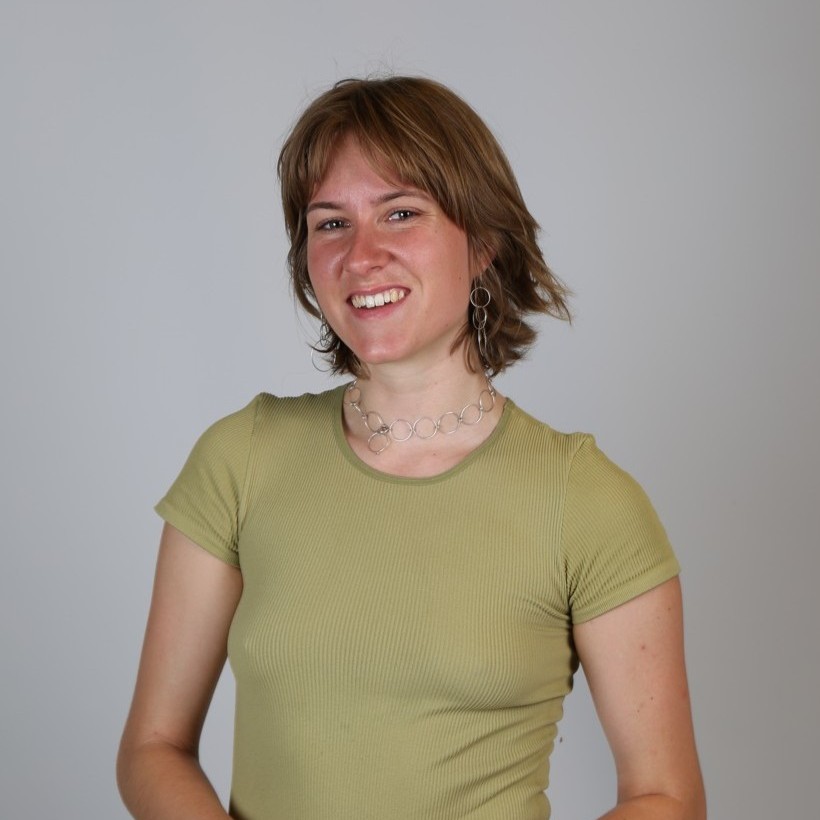What it does
VITAPACK is an inflatable life vest designed to save migrants from drowning at sea. It is affordable, durable and adaptable to all body types. It ensures visibility and safety in the water, while serving as survival kit outside of the sea.
Your inspiration
Since I can remember news of migrants drowning at sea have been part of everyday life. While I was devastated about people dying, others were afraid of them actually reaching the other side of the sea. But to me this isn´t about politics, it is about saving lives. My research focused on the most dangerous parts of the migration journey. More than half of those who die drown, others fall victim to violence, accidents, exhaustion, illness, or harsh environmental conditions. With my design I tried to address as many of these issues as possible while making affordability a priority, so that NGOs can distribute these vests at low costs.
How it works
VITAPACK is an attempt to provide as many refugees as possible a safer escape journey, regardless of gender or age. It consists of two separate air chambers that inflate by swinging the vest through air and sealing it with a rolltop closure. After inflation, the vest is wrapped around the body and closed with safety buckles, making it adjustable to all body types. Inflation tubes allow manual air control while wearing it. The rolltop also serves as a handle to support rescue and help people stay together. The vest is reversible: the orange side with light and whistle increases visibility, while the grey side can be used for camouflage. When filled with dry leaves, grass or air, the vest can offer protection against the elements or serve as a sleeping mat. An emergency package of food, charcoal tablets, and a first-aid kit is accessible by ripping the tear lines. VITAPACK is made from heat-sealable TPU-coated polyester, making it lightweight and affordable.
Design process
I started this project with intense research on migration routes and their possible dangers. It quickly became obvious that the deadliest part of all routes is crossing water. Half of the refugees are female, and one third are children, so adaptability became a focus in the process as well. The first prototype had a very classical vest shape but lacked adjustability, therefore the shape shifted to the wrap-around design it has now. A life jacket could prevent people from drowning, but refugees encounter many other dangers as well. How can a life vest provide safety not only in the water, but also during the entire journey? The idea of multifunctionality and affordability requested other ways of inflation than CO2 cartridges and the idea of the rolltop was born. This way the chambers would be accessible to be filled with other materials without destroying the vest. The first prototypes were made from fabric to prove the general concept of the design. Later prototypes made from trash bags were used to test and improve the ergonomics and air distribution, as well as the placement of the safety equipment.
How it is different
Other than common life jackets, VITAPACK addresses more safety hazards that come with migration routes crossing the sea. It works without co2 cartridges or foam and still takes minimal space when not in use. Most life vests are made to fit an average human body, but VITAPACK can adjust to any body type. The rolltop design allows the vest to become multifunctional by being filled with other materials. This way it can serve as protection against the cold, as a sleeping pad or even as a backpack. Furthermore, having the two reversible sides with camouflage and signal colour makes the vest suitable for several situations during an escape, thus it can stay a companion for the entire journey instead of ending in the ocean. The integrated food and emergency kit is an additional part of this design and completes it as a survival kit for refugees. Both the material and manufacturing costs are comparatively low which makes VITAPACK perfect for NGOs.
Future plans
To bring VITAPACK to life, further research, prototyping and testing is necessary. Having made several semi-functionable models of this life vest I would love to make a working prototype and test it on more people with different body shapes to get more insights about the adjustability of the design. After that I intend to test other materials for the bladder (i.e. pure PVC and fabric from recycled ocean plastic) to find a more sustainable option than TPU/PVC coated polyester. To get more insights I want to talk to people who work at the sea rescue and refugees who have witnessed the dangers of the journey.



Share this page on